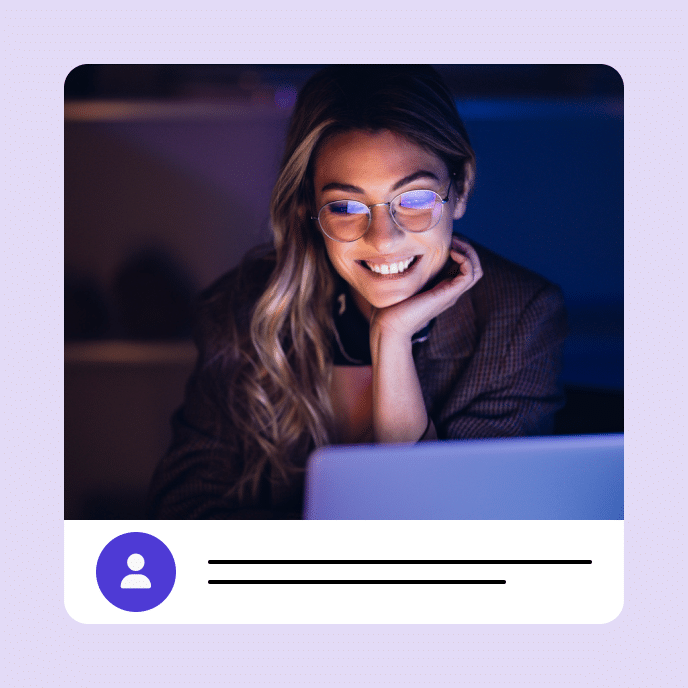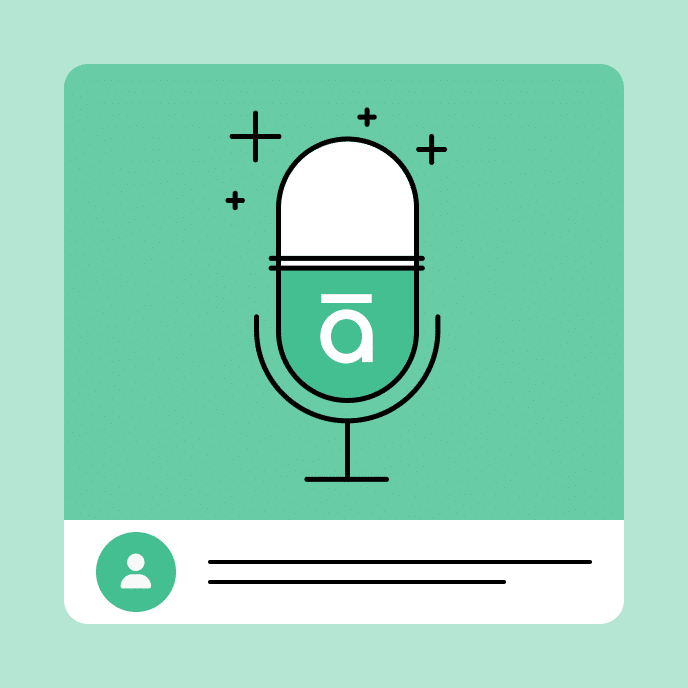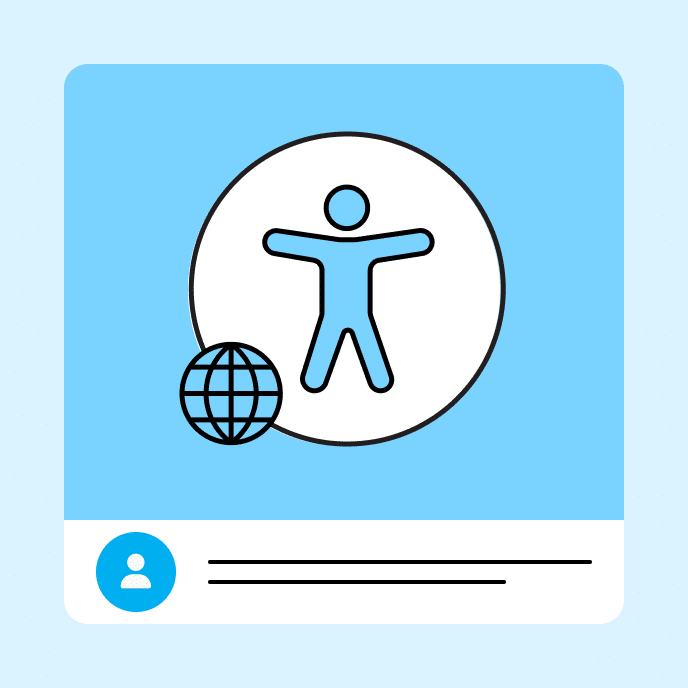The Right Tool for the Job: When Simple Training Solutions Win
Discover when to choose simpler training solutions over complex e-learning courses, saving you time and resources while better meeting your learners’ actual needs

How to stop overbuilding training and start creating what learners actually need
Picture this: You spend three months creating an elaborate e-learning course about how to process expense reports. Meanwhile, your learners have already figured it out using a one-page cheat sheet they made themselves.
Sound familiar?
Organizations run into this all the time. Let’s look at why and how to fix this.
The costly mistake of overcomplicating things
As instructional designers, we often feel pressure to create comprehensive courses for every training need. But this approach can waste time and resources when simpler solutions would be more effective. Let’s look at why we tend to overcomplicate things:
- We want to show the value of our work and expertise
- The stakeholders expect a “proper” course and not a cheat sheet
- It’s what we’ve always done with training requests
- We’re trying to cover every possible scenario
When less is more
The most effective learning solutions focus on giving people exactly what they need, when they need it. Just like GPS navigation doesn’t teach you about satellites but simply tells you when to turn, in most cases your training should deliver practical information without unnecessary complexity.
- Instead of big courses, try breaking things down into smaller microlearning
- Build simple interactions like a labeled graphic rather than an entire course
- Or don’t build a course and create a PDF
Signs you might be overbuilding
Before you create that comprehensive course, look for these indicators that a simpler solution might work better. These situations often call for more streamlined approaches that prioritize accessibility and practicality:
- Learners only need the information occasionally
- The task is straightforward but needs to be done correctly
- People are already creating their own reference materials
- The information changes frequently
- Learners need quick access during their workflow
Better solutions to consider
There are many lightweight alternatives that can deliver information more efficiently than a full course. These options are often quicker to develop, easier to update, and more useful in real work situations:
- Quick reference guides
- Decision trees
- Checklists
- Short video demonstrations
- Digital job aids
- Mobile-friendly quick guides
How to right-size your solution
Finding the appropriate scale for your learning solution starts with understanding your learners’ actual needs. Ask these practical questions to determine the most effective approach for your specific situation:
- What do learners actually need to accomplish?
- When do they need this information?
- How often will they use it?
- What’s the simplest way to deliver what they need?
Keep in mind, even if you don’t build a “training course” the training solution you build can still be done using your e-learning software. Ultimately, it just creates multimedia, whether comprehensive or simple.
Creating effective training isn’t about building the most comprehensive solution possible, but about delivering exactly what learners need when they need it. By focusing on practicality and workflow integration, you’ll develop resources that learners actually use and appreciate.
You may also like

AI Security Tips: Best Practices in the Workplace
Protect your business with these essential AI security tips. Learn how to use AI responsibly, safeguard data, and avoid risks in the workplace.

